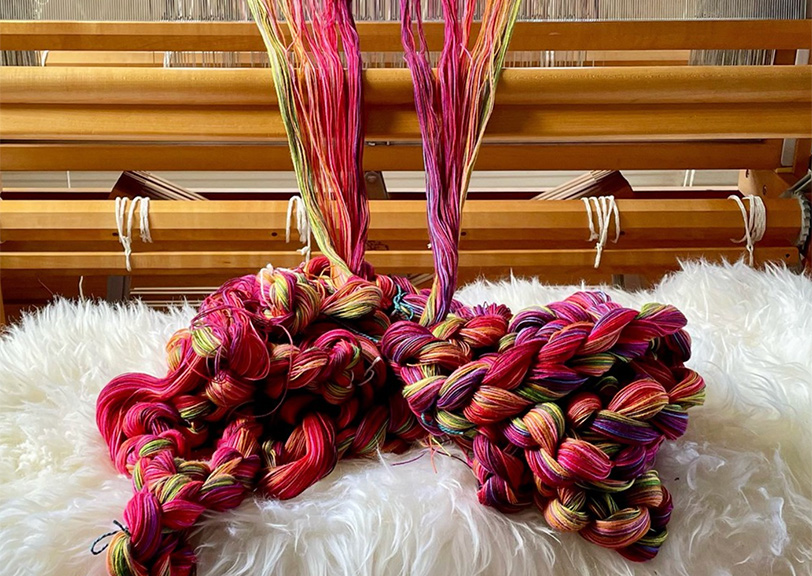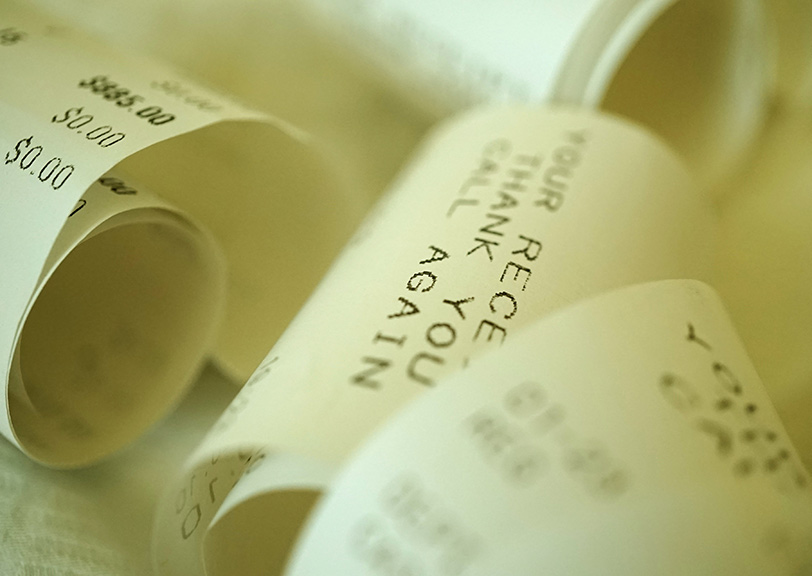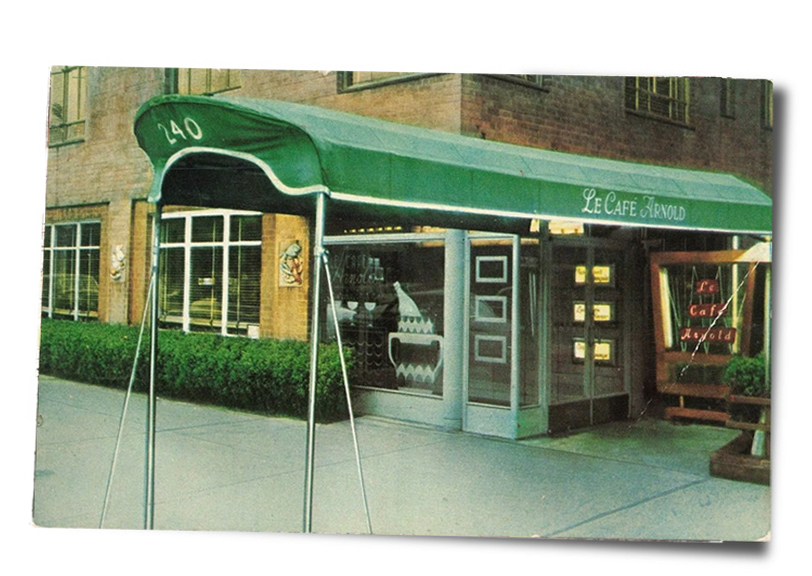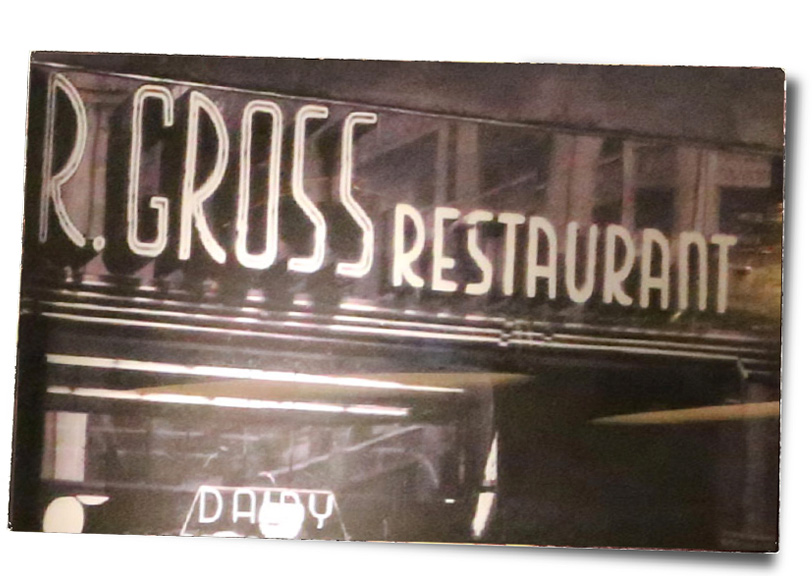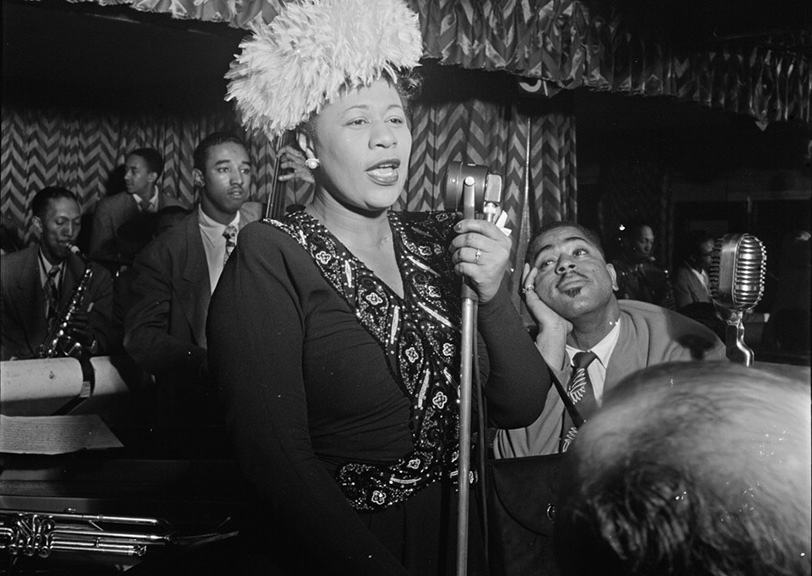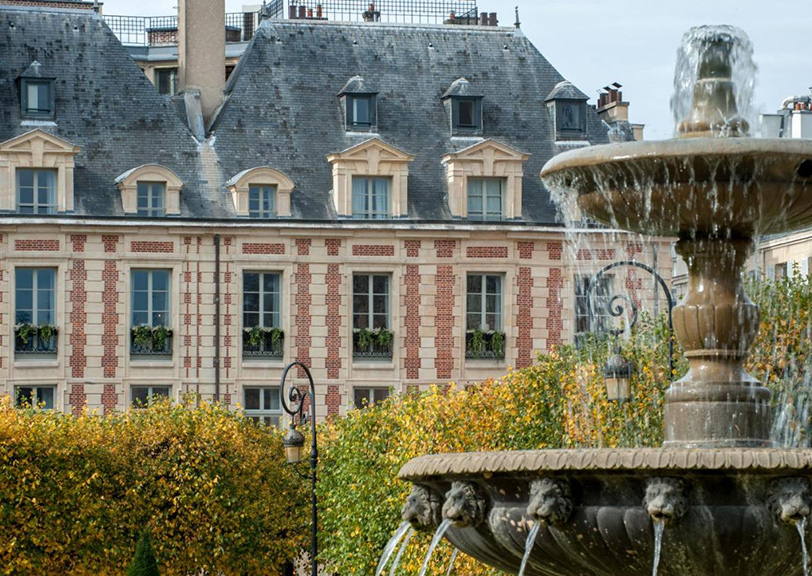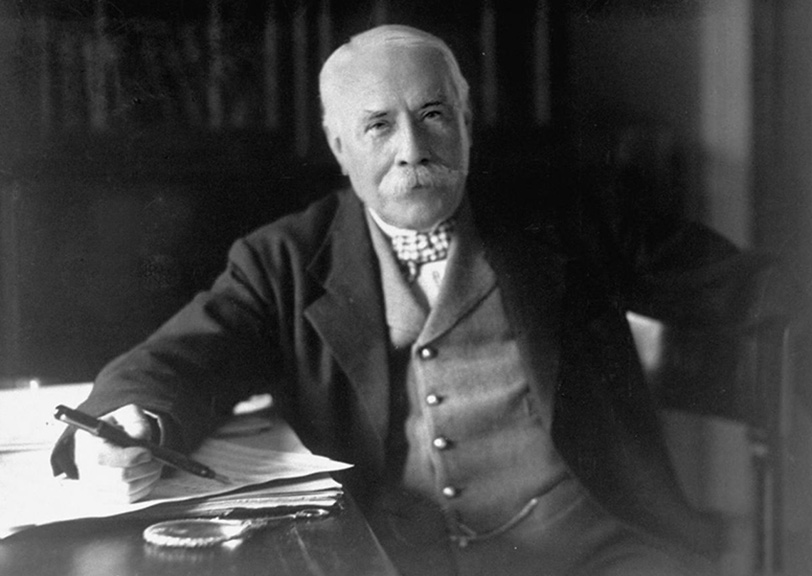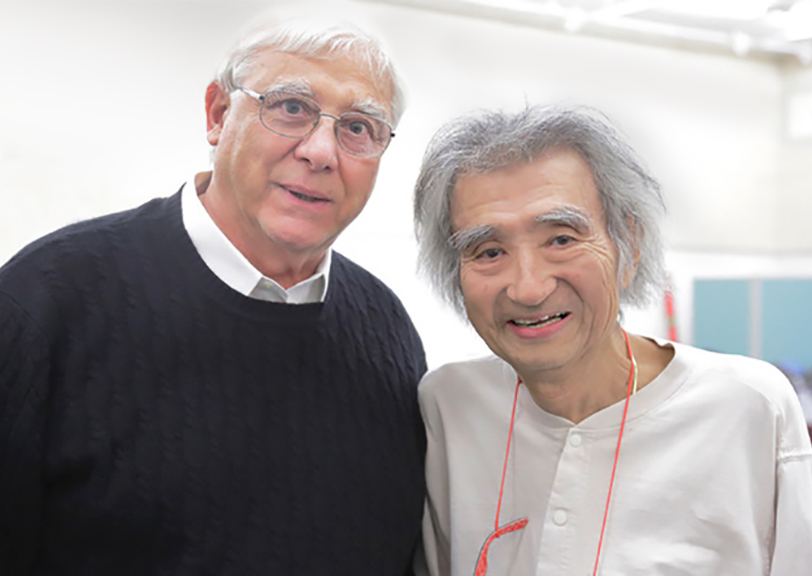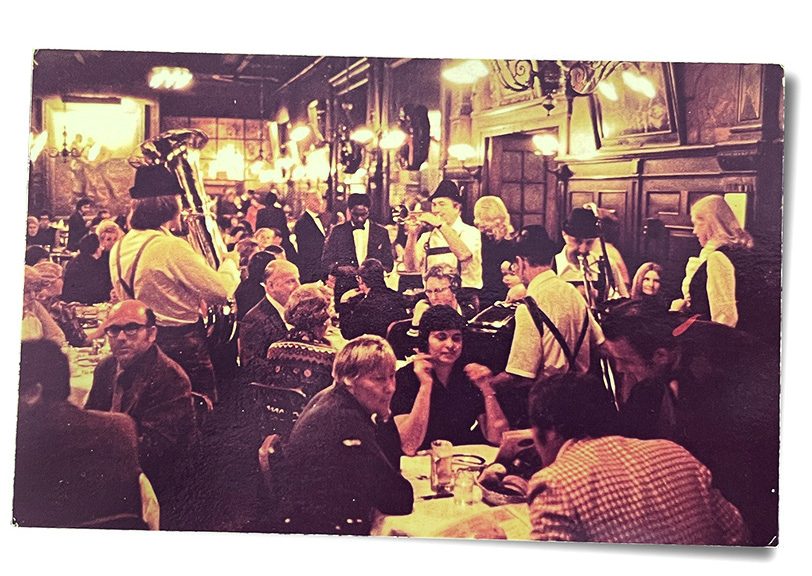ENTER YOUR EMAIL TO RECEIVE OUR WEEKLY NEWSLETTER
Because I’m Worth It: Going Gray in Style
Gray hair used to be unfashionable and unforgiving; these days it’s sexy and a signature for many stars.
By Stacia Friedman
. . . . . . . . . . . .
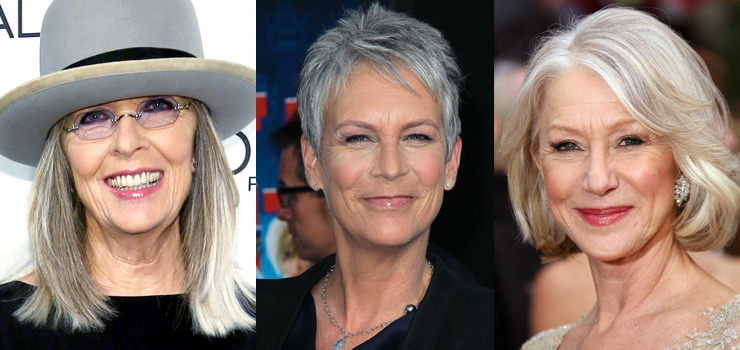
Updated March 3, 2024
In case you didn’t get the memo, gray hair is hot. And sexy! Just check out the silver foxes on the Red Carpet—Diane Keaton, Jamie Lee Curtis, and Helen Mirren. You’ll also see fabulous white-haired fashionistas strutting their stuff on Fifth Avenue with a bright slash of red lipstick and a devilish smile. But before you go au natural and kiss your colorist goodbye—or ask your colorist to even out the gray strands with a gray patina that looks au natural, there are some things to keep in mind.
When and why does hair turn grey?
“Hair turns grey because of loss of a pigment called melanin,” says Doris Day, MD, director of Day Dermatology & Aesthetics in Manhattan. “Your hair stops producing the melanin that creates its color. It is mostly due to genes, so if your mother or father had gray hair early, you most likely will too.” Melanin also gives your skin and eyes their color: dark-skinned and dark-haired people have more melanin than light-skinned people, who may also be blonde due to the lesser amounts of melanin.
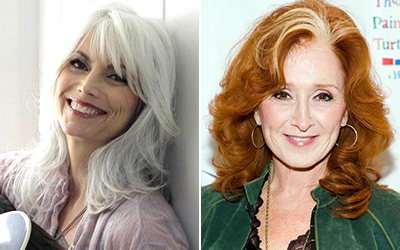 For most women, losing melanin can start at any time. Singer Emmy Lou Harris (far left) went gray in her twenties and dyed her hair until she was in her early forties. When she stopped, her striking white hair, worn below her shoulders, became her trademark.
For most women, losing melanin can start at any time. Singer Emmy Lou Harris (far left) went gray in her twenties and dyed her hair until she was in her early forties. When she stopped, her striking white hair, worn below her shoulders, became her trademark.
In the early stages, it’s tempting to dye gray hair to blend in with your natural color, especially if your natural shade is dark. If your hair is light brown or blonde, your stylist may recommend highlights and/or low lights rather than just one tone.
Another option is maintaining a gray or white streak at the temple, where loss of hair color usually starts, and keeping the rest of your hair its original shade. The effect can be dramatic. Think of Susan Sontag or singer Bonnie Raitt (above right).
Brooklyn writer Yona Zeldis McDonough (below left), author of six adult and twenty-four children’s novels, turned gray in her thirties. “It made me feel old at first,” she says. “Now, I feel it actually makes me seem more youthful.” The transition wasn’t easy. “My kids did not like the gray. Neither did my stylist,” says Zeldis, who wears her salt and pepper hair in a flirty fringed cap that calls to mind Jean Seaberg in Breathless. “If you go gray, you need a really good haircut. I go to Omni Beauty Salon in Park Slope.”
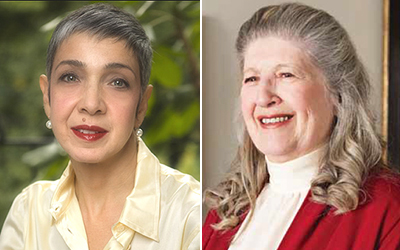 At one time, going gray meant going short. Now, anything goes. “Every cut works for gray or white hair,” says Marshall Lin, stylist. “If you have more contrast or shadows, then you can get a more layered cut to match your color. If you have less contrast and shadow, a classic, one-length bob style will show off the movement. However, in the end, it is all about your own individual style and personality.”
At one time, going gray meant going short. Now, anything goes. “Every cut works for gray or white hair,” says Marshall Lin, stylist. “If you have more contrast or shadows, then you can get a more layered cut to match your color. If you have less contrast and shadow, a classic, one-length bob style will show off the movement. However, in the end, it is all about your own individual style and personality.”
French-born New Yorker Francoise Simon didn’t spot a gray hair on her dark chestnut mane until her mid to late fifties. “I have no misgivings about turning gray,” says Simon, a retired professor of French Literature at Queens College. “It never entered my mind to color my hair. It fits my persona and style. My stylist loves my hair the way it is or at least he pretends to very convincingly,” she says with typical French élan.
NYCitywoman founder Barbara Lovenheim (above right) concurs: “I was born platinum blonde—a gene I thought I inherited from my mother, who had gorgeous blond hair in her youth. But her hair turned white in her mid-forties and my father wouldn’t let her color it. It turned out my brother—not me—inherited her gene, since his hair also turned prematurely white. In fact, I didn’t notice any gray at all in my hair until I was in my mid-sixties. I no longer highlight my hair with blonde streaks so now it’s a light brown with strands of white here and there, which ironically give my hair a blonde cast. And I’m very comfortable with the look.”
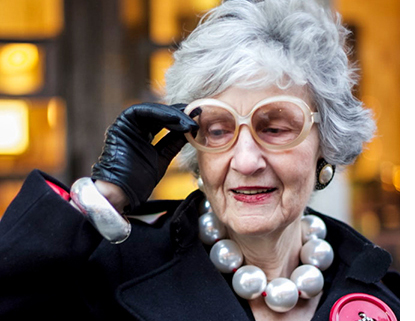 “Women with gray hair look authentic,” says jewelry designer Liz Friedman (left), who is routinely photographed on Fifth Avenue for her iconoclastic fashion sense by Mangue Banzima, founder of QuiStyle.com, a style and beauty blog. Friedman admits to coloring her hair until she was sixty. “I had dark brown hair which started to go gray in my forties,” she says. “Now, anytime I feel the urge to color it, my stylist refuses to do it.” (Photo of Ms. Friedman by Mangue Banzima.)
“Women with gray hair look authentic,” says jewelry designer Liz Friedman (left), who is routinely photographed on Fifth Avenue for her iconoclastic fashion sense by Mangue Banzima, founder of QuiStyle.com, a style and beauty blog. Friedman admits to coloring her hair until she was sixty. “I had dark brown hair which started to go gray in my forties,” she says. “Now, anytime I feel the urge to color it, my stylist refuses to do it.” (Photo of Ms. Friedman by Mangue Banzima.)
Changes in texture
“Gray hair can be more wiry,” says Dr. Day. “It may feel drier because as you age your oil glands do not produce as much sebum.” And here’s the double whammy. When you turn gray, your hair usually becomes thinner. According to Dr. Day, one in three women experiences thinning hair.
The solution? Depending to what extent your hair has thinned, you may want to get an expert cut that makes it look fuller, add extensions or try a medical alternative. The LaserCap, which costs a pricey $3,000, uses specific wavelengths to produce very low heat to stimulate follicle growth. But there’s no guarantee it will produce results.
A more common choice is Women’s Rogaine, an over-the-counter product applied directly to the scalp. But a prescription is necessary for a product such as Formula 82M that is twice as strong as Rogaine.
A less traumatic approach is to make the most of what you’ve got. Stylist Marshall Lin recommends Clairol’s Shimmer Lights Shampoo, $16. “It keeps gray and white hair shiny,” says Lin. You’ll also want to keep hair soft and silky by using conditioners. Not just after every shampoo, but a deep conditioner that you leave on for 10 to 20 minutes once a week.
For a glowing finish, try Moroccan Hair Oil or L’Oreal Elvive Extraordinary Oil Treatment. Spray-on oils require just a quick spritz and won’t leave a sticky residue on your hands or clothes.
It’s not just what you put on your hair that matters. It’s also what you put in your mouth. “Food rich in omega-3 fatty acids like salmon and dark green vegetables produce sebum, the hair’s natural conditioner, says Dr. Day, who also suggests eating pomegranate, avocado, pumpkin and olive oil.
Makeup to match
Whether you were a blond, brunette or redhead, when your hair goes gray it’s time to update your cosmetics. You’ll need to step up the brightness of your makeup to avoid looking washed out. When you go gray, eyebrows tend to go rogue. Have them professionally shaped and consult a cosmetician to find the right shade of eyebrow pencil to fill in the gaps. You may want to try one of the lighter shades of Maybelline Brow Drama, a mascara for your brows. (Photo of Jodee Anello (below left) by Paige Craig.)
For eye shadow, stick to neutral shades of pearl, gray, taupe or charcoal to complement your hair. Add a bit of lip gloss—yes, lip gloss—on top of your eye shadow for extra oomph.
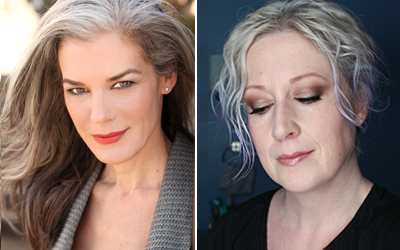 Along with thinning hair, eye lashes tend to thin out. Use a gray or charcoal eyeliner sparingly on upper and lower lids and finish with mascara on top lashes only. Always use a magnifying mirror when applying eyeliner. The result should be subtle, not obvious. (Cleopatra eyes are strictly for the under forty set.)
Along with thinning hair, eye lashes tend to thin out. Use a gray or charcoal eyeliner sparingly on upper and lower lids and finish with mascara on top lashes only. Always use a magnifying mirror when applying eyeliner. The result should be subtle, not obvious. (Cleopatra eyes are strictly for the under forty set.)
If your eyelashes have all but vanished, try false eyelashes. To avoid the Tammy Faye Baker look, make sure you trim them to a natural length and shape. If you’re unsure how to go about it, ask for a demonstration the next time you’re in Sephora. Check out the step by step for romantic smoky eyes with false eyelashes (above right) by RealizingBeauty.com. Or watch a comprehensive demonstration on how to apply false eyelashes by Sali Hughes, a beauty columnist for The Guardian.
You may want to go a shade warmer in your foundation or blush. But keep it soft and natural. Use cream or liquid blush. Perricone MD’s No Makeup Blush is a miracle in a bottle. Apply it over your regular moisturizer. $39.
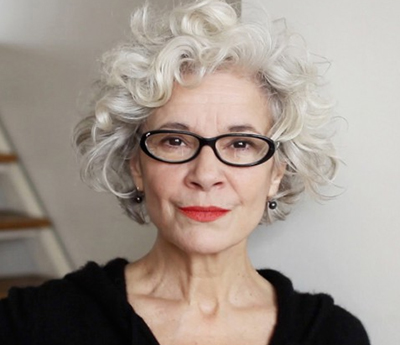 When it comes to your lips, throw that old pencil liner away and apply lipstick straight from the tube. “A red lip is so sexy with gray or white hair,” says Marshall Lin.
When it comes to your lips, throw that old pencil liner away and apply lipstick straight from the tube. “A red lip is so sexy with gray or white hair,” says Marshall Lin.
We agree!
(Mona Heftre, Masters Models, right.)
Stacia Friedman is an award-winning Philadelphia-based journalist who writes on health and lifestyle for regional and national publications.
. . . . . . . . . . . .
You may enjoy other NYCitywoman stories by Stacia Friedman
Sock it to me: Novelty Socks to Sexy Fishnet
Dining for Women: Potluck Philanthropy
New Experiences: The Fine Art of Travel
Taking it Slow: France at 5 mph
Activewear That Goes Everywhere



